Adult Transition Series: Writing Goals
Welcome to Part 3 of the Transition Planning Series which will focus on goal writing. The process of arriving at meaningful goals involves asking many questions.
Are you ready? Yes? Sharpen your pencil and let’s begin.
Writing the Goals
The assessment process discussed in Part 2 of this series is vital to knowing what the student wants to do, supports needed, and skills necessary for the student to achieve goals. The assessment process drives goals so be careful not to overlook that step.
Transition Planning has two types of goals: post secondary and annual.
Post secondary goals are what the student hopes to achieve after aging out of the school system. They are long term goals.
Annual goals are commonly known as IEP goals. They form building blocks necessary in reaching post secondary goals.
Write post secondary goals prior to annual IEP goals. Post secondary goals will focus on further education/training, living skills, and employment. To create post secondary goals, use results from the assessments and answer questions similar to the below:
What productive activities are realistic and of interest to the student? Where can these activities be done now?
Where and how is the student going to continue to learn and/or develop skills after graduation?
Where will they live and what support will be needed?
How are they going to access adult services?
How will they participate in community activities?
What will they do for leisure and recreation?
What will be the primary mode of transportation?
How will they meet health and medical needs?
Where will socialization happen?
What kind of technology is needed?
etc.
For more ideas on examples of post secondary goals, download the Resource Guide.
Annual IEP Goals are what the child hopes to achieve while in the school system and are building blocks of post secondary goals. Make sure annual IEP goals:
Are S.M.A.R.T (specific, measurable, action, realistic/relevant, time limited)
Detail necessary transition services and supports (including course of study)
Include interagency collaboration (we will cover this in Part 4 of the ITP series)
How good are your goals? Ask these questions:
Were the goals based off of an appropriate transition assessment?
Do the post secondary goals cover education/training, employment, and living skills?
Are goals updated annually?
Are transition services in the IEP, including courses of study?
Is interagency collaboration included?
Did the student participate in goal setting?
Are the goals S.M.A.R.T?
Let’s recap
Assessments are done to guide post secondary goals which guide IEP goals and services. All of these things make up the Transition Plan. The transition plan should be continually populated with new assessments, both formal and informal. Goals are student driven, S.M.A.R.T. and pass the above quiz.
Does the plan you are creating pass our quiz? Yes?
You are now ready for implementation. Part 4 of the transition series will cover implementation which includes interagency collaboration. Many goals will require outside organizations and service providers not found on the school campus. Establishing the relationships needed for outside services can become complicated and cumbersome and will be discussed next in this series.






